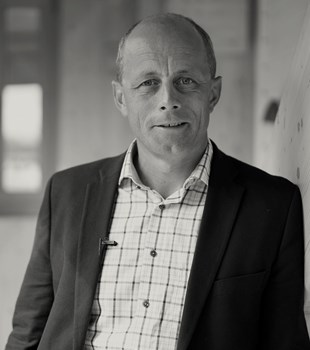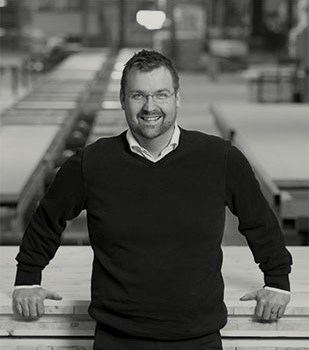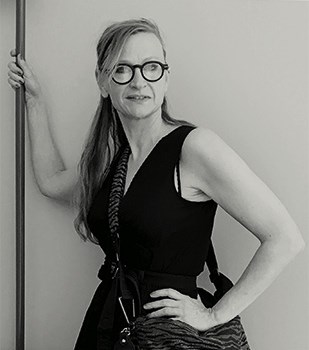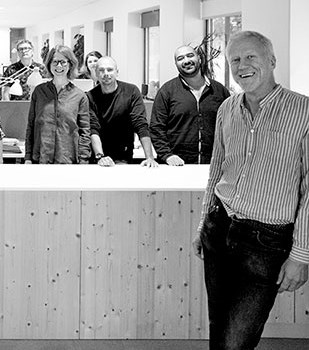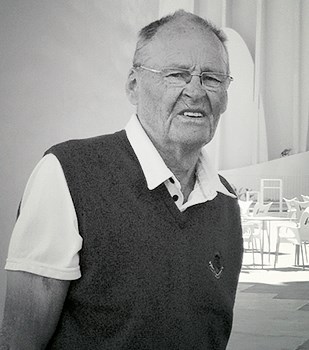As investors in and developers of housing, we at Slättö take the long view. We seek out economically viable investments that pay over the longer term, while also having a low environmental impact from a life cycle perspective.
The world of investors is generally positive about building in wood and about innovative solutions such as crosslam structural frames. However, we sometimes encounter resistance and scepticism from certain construction firms. This may partially be the result of a mismatch between the wood construction industry and building contractors: instead of offering the market what it wants, the preference is to deliver high levels of prefabrication.
The wood industry would do well to ensure that the construction industry has a better understanding of a product that in production terms has many similarities with a slab floor structure, while at the same time offering several key advantages such as shorter or zero drying times, simpler transport and low emissions from production. There has been a failure within the construction industry to report on how much of a building’s overall emissions relate to the construction phase and on the positive environmental affects that can be achieved by replacing a concrete carcass with wood. Swedish construction would benefit from making its environmental impact public instead of perpetuating the current one-sided focus on emissions and energy requirements in the management phase.
Many people value living in a wooden building; the knowledge that their home is made of wood brings pleasure. There is an enduring appeal to wood, which calls to mind all sorts of associations, thoughts of silvered barns and so on. It is this appeal that we want our properties to convey and be associated with. When wood is also used as a façade material, it lends the buildings a permanence, and although their colour changes over time as the wood ages, the buildings still have an authenticity that few – if any – materials can provide.






